Stress and anxiety are common experiences in our fast-paced and demanding modern lives. They affect millions of individuals, impacting their physical, emotional, and mental well-being. While stress can be a normal response to challenging situations, chronic stress, and anxiety can have detrimental effects on overall health and quality of life.
This article aims to provide an overview of stress and anxiety including the different anxiety levels, causes, symptoms, and medical and nursing management.
Key Takeaways
- Stress is defined as the brain’s reaction to any demand, often instigated by change, be it positive or negative, real or perceived.
- Anxiety is a psychological and physiological state characterized by unease, worry, or apprehension. It is a normal reaction to perceived threats or stressors but can become a mental health condition if excessive or prolonged.
- Anxiety levels range from mild to panic, each with unique effects and symptoms including increased sensory stimulation, restlessness, nervousness, agitation, confusion, and disrupted concentration.
- Causes of stress and anxiety encompass psychobiological factors, psychological trauma, and psychosocial interactions.
- Anxiety disorders, the most common psychiatric disorders, are typified by excessive fear and anxiety and related behavioral disturbances.
- These disorders include Generalized Anxiety Disorder (GAD), Panic Disorder, Obsessive-Compulsive Disorder (OCD), Phobic Disorder, and Post-traumatic Stress Disorder (PTSD).
- Factors linked to anxiety disorders include genetic elements, biochemical influences, neuroanatomic abnormalities, traumatic events, medical conditions, gender differences, and socioeconomic factors.
- Therapies for stressed and anxious individuals encompass social supports, psychotherapy, cognitive or behavioral therapy, pharmacotherapy, and supportive counseling.
- Nursing management for patients suffering from stress and anxiety includes assessment of the anxiety level, feelings, and substance use; diagnosis related to self-concept, goals, values, and physiological factors; planning and goal setting; and interventions to assist the client to recognize and express feelings and develop coping mechanisms.
- Discharge and home care guidelines for patients include relaxation techniques, maintaining learned positive coping strategies, avoidance of triggers, stress management techniques, and adherence to medication and therapy schedules.
What is Stress and Anxiety?
People have various meanings for stress and anxiety. However, here is how the books define the two concepts:
- Stress is the brain’s response to any demand. It is most often triggered by change (positive or negative, real or perceived).
- Anxiety refers to a psychological and physiological state characterized by feelings of unease, apprehension, or worry. It is a normal human response to perceived threats or stressors, but when excessive or prolonged, it can become a mental health condition that interferes with daily functioning and well-being.
Anxiety Levels and Effects
Anxiety is divided into different levels and each level has unique effects:
Mild
- Characterized by an individual’s awareness that something is different and his attention is warranted by it.
- There is increased in sensory stimulation which helps the individual focus his attention for learning.
- Rarely threatens one’s coping ability; may motivate the individual to try new things and take risks.
- Alert; more aware of environment and motivated to deal with existing problems in this state.
- Behavioral and emotional responses: unable to sit still, fine tremors, a little impatient
Moderate
- Person starts getting nervous or agitated. His perception is narrower and concentration is increased.
- Feels fearful or uneasy but is still able to function. However, voice quivers and there may be changes in pitch.
- Behavioral and emotional responses: uncomfortable, shaken, and sensitive
Severe
- Believes that there is a threat.
- Person feels very agitated, confused, and inadequate. Range of perception is reduced and anxiety interferes with effective functioning.
- Person will feel threatened and either avoid the anxiety or become overwhelmed by it. Person is experiencing increased pulse/respirations with reports of dizziness, tingling sensations, and headache.
Panic
- Ability to concentrate is disrupted; behavior is disintegrated.
Causes of Stress and Anxiety
Here are the causes of stress and anxiety:
- Psychobiological. These are the stressors that affect the integrity of the body (e.g. injuries).
- Psychological. Include various kinds of trauma.
- Psychosocial. Originates from interaction to people and manifested in different ways (e.g. sweating, high blood pressure, rapid heartbeat, etc.)
Anxiety-Related Disorders
When anxiety ceased to be beneficial, real illness sets in. In fact, anxiety disorders are the most common type of psychiatric disorders.
Overview
- Anxiety disorders are group of conditions that share features of excessive fear (emotional response to real or perceived imminent threat) and anxiety and related behavioral disturbances.
- Anxiety disorders appear comorbid but they differ in the types of objects or situations that induce fear and anxiety. These fear and anxiety are excessively and persistently beyond developmentally appropriate periods.
Generalized Anxiety Disorder (GAD)
- Is characterized by anxiety that is persistent, overwhelming, uncontrollable, and out of proportion to stimulus.
- Emerges slowly and tends to be chronic.
- Usual onset is early 20s and affects 3% of the population.
Panic Disorder
- Represents anxiety in its most severe form.
- Characterized by recurrent, unexpected panic attacks that cause intense apprehension and feelings of impending doom. It may change patient’s behavior.
Obsessive-Compulsive Disorder (OCD)
- Characterized by unwanted, recurrent, intrusive thoughts or images (obsession) that the person tries to alleviate through repetitive behaviors or mental acts (compulsions).
- Obsession produces anxiety and compulsions are meant to reduce anxiety or prevent some dreaded event from happening. Compulsions typically are overt behaviors like hand washing, counting, and praying.
Phobic Disorder
- Social phobia commonly involves anxieties about speaking or eating in public and using public restroom. It is associated with deep concern that others will see the patient’s anxiety symptoms (e.g. sweating, blushing) or will judge him as weak and stupid.
- Specific phobias are divided into five subtypes: natural environment, animal, blood-injection-injury, situational, and others.
Post-traumatic Stress Disorder (PTSD)
- Characterized by persistent, recurrent images and memories of a serious traumatic event that the person has either experienced or witnessed, impairing his ability to function.
Causes of Anxiety-Related Disorders
Anxiety-related disorders are linked to a variety of factors:
- Genetic Factors. Some anxiety disorders (e.g. panic disorder, OCD, GAD) are inherited. A possibility of defective genes that regulate the neurotransmitters serotonin and dopamine is being researched.
- Biochemical Factors. Scientists believe in biological vulnerability to stress.
- Neuroanatomic Factors. MRI and other neuroimaging techniques reveal brain atrophy, underdeveloped frontal and temporal lobes, amygdala abnormalities (region for fear, memory, and emotion regulation), and hippocampus (region for emotion and memory storage).
- Other factors include traumatic events, medical conditions, and gender’s role in disorder development (women are at higher risk than men). Additional risk factors include marital separation or divorce, history of childhood physical or sexual abuse, and low socioeconomic status.
Medical Management
Individuals who are stressed and anxious can benefit from these therapies:
- Social supports, psychotherapy, cognitive or behavioral therapy
- Pharmacotherapy
- Supportive counselling
Nursing Management
Here are the nursing responsibilities for taking care of patients who are stressed and anxious:
Nursing Assessment
- Assess level of anxiety. Review familial and physiological factors (e.g. genetic depressive factors); psychiatric illness; active medical conditions (e.g. thyroid problems, metabolic imbalances). Monitor vital signs.
- Description of feelings (expressed and displayed). Conduct interview and observe behaviors.
- Awareness and ability to recognize and express feelings.
- Related substance use, if present.
Nursing Diagnosis
- Anxiety related to unconscious conflict about essential goals and values of life, threat to self-concept, positive or negative self-talk, or physiological factors (e.g. hyperthyroidism, pulmonary embolism, dysrhythmias).
Planning and Goals
Main Article: 7 Anxiety and Panic Disorders Nursing Care Plans
- Treatment plan and individual responsibility for activities.
- Teaching plan.
Nursing Interventions
- Assist clients to identify feelings and begin to deal with problems. Establish a therapeutic relationship. Be available to client for listening and talking. Assist client to develop self-awareness of verbal and nonverbal behaviors. Clarify meaning of feelings and actions by providing feedback and checking meaning with client. Most of all, acknowledge anxiety and fear. When dealing with children, be truthful and avoid bribing.
- Promote wellness. Assist client with identifying new methods of coping with disabling anxiety. Review happenings, thoughts, and feelings preceding the anxiety attack. List helpful resources and people. Assist in developing skills (e.g. awareness of negative thoughts, saying “Stop”, and substituting a positive thought).
Evaluation
- Client involvement
- Client response to interventions, teaching, and actions performed.
Discharge and Home Care Guidelines
Instruct patient and family to adhere to these reminders:
- Relaxation techniques (e.g. deep breathing, imagery, music therapy)
- Maintaining learned positive coping strategies
- Avoidance of triggers
- Stress management techniques
- Strict adherence to medication (if doctor prescribed) and therapy schedule
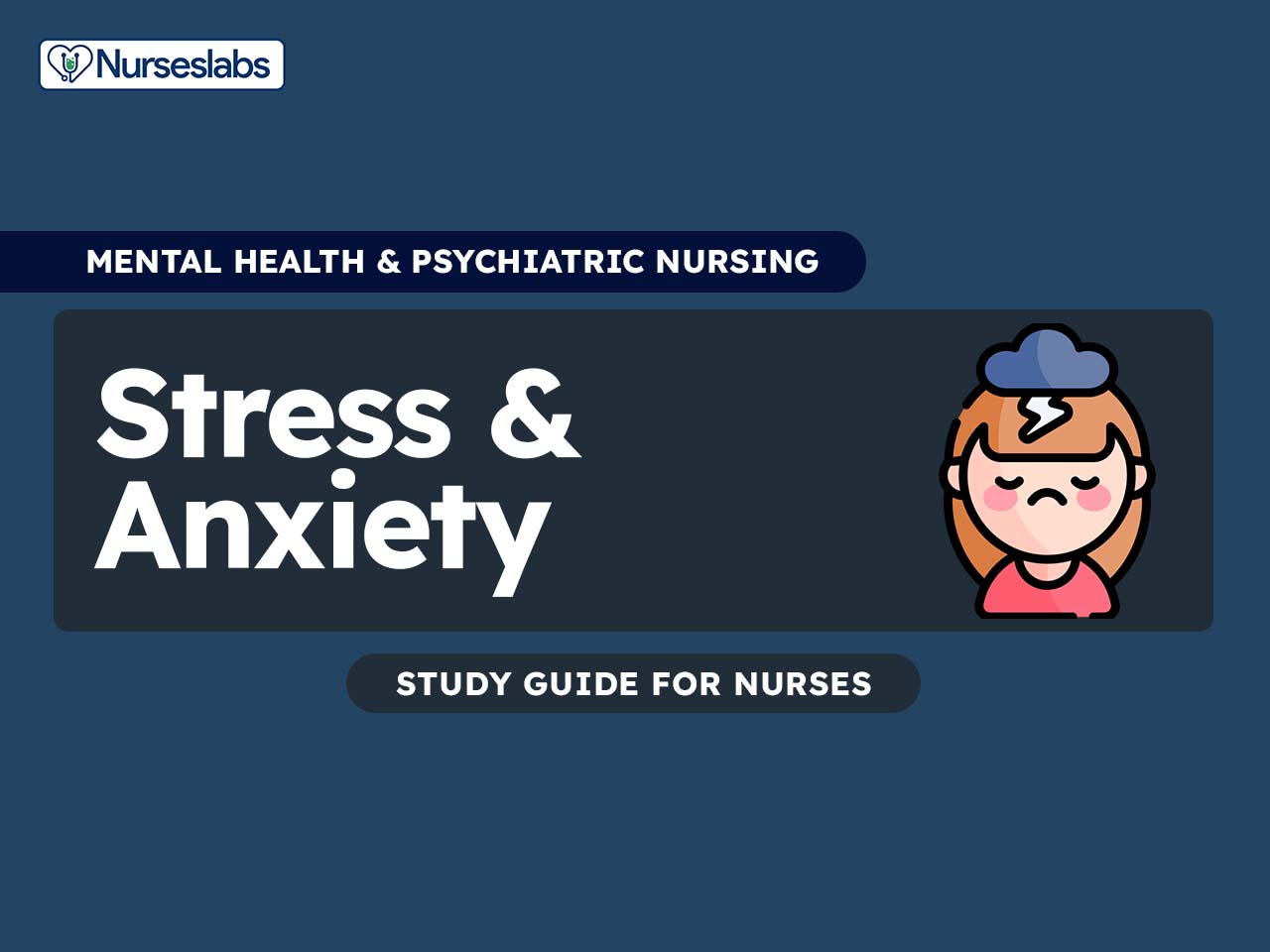
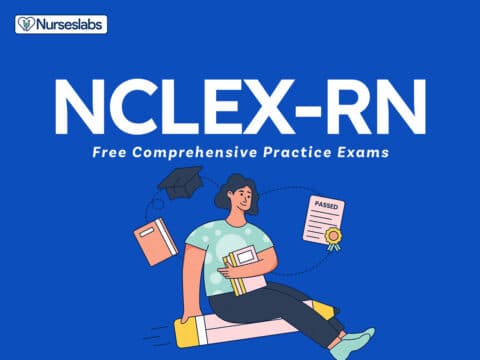



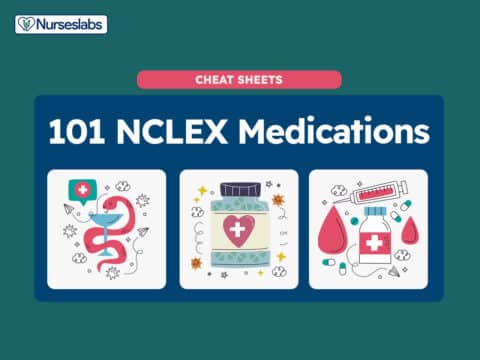
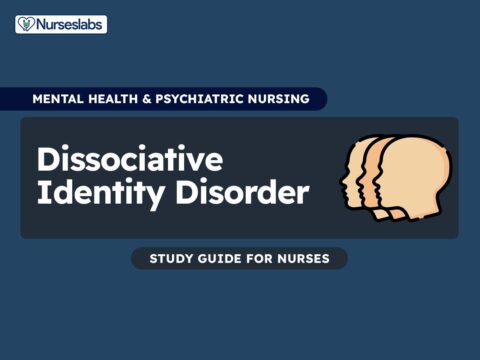
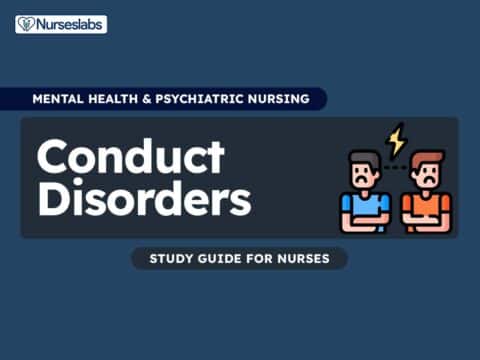

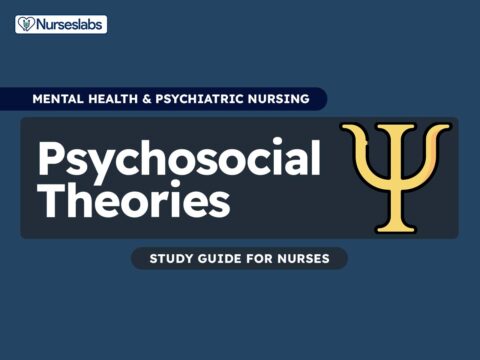


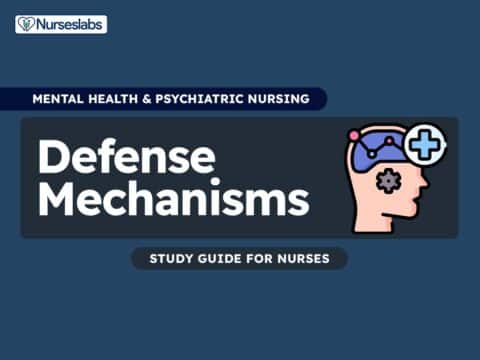
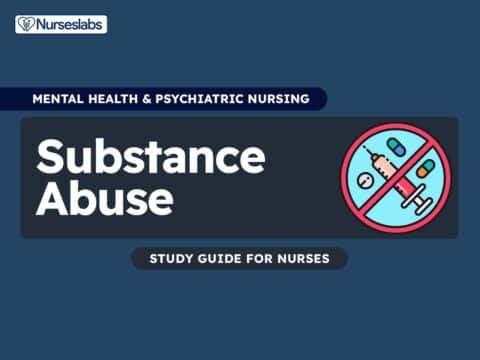
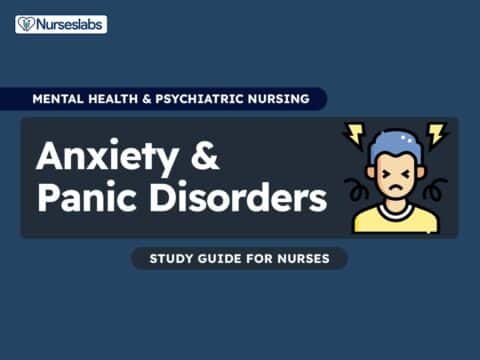
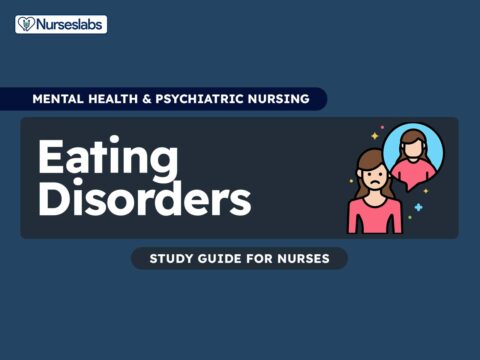

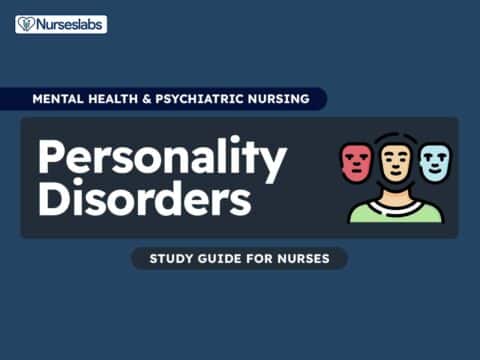

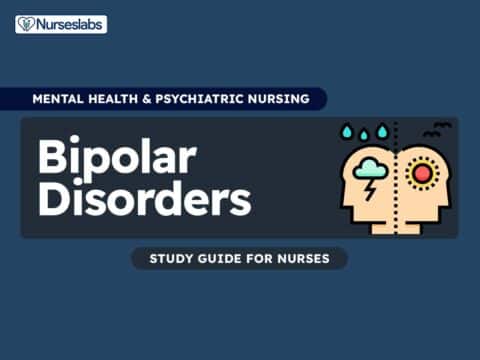
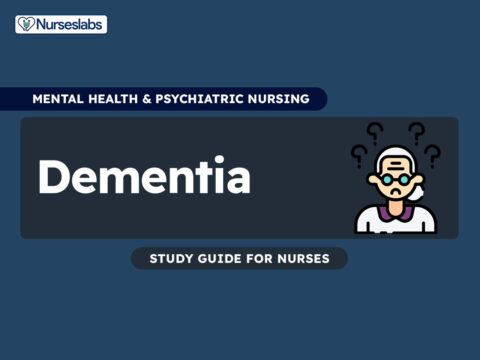



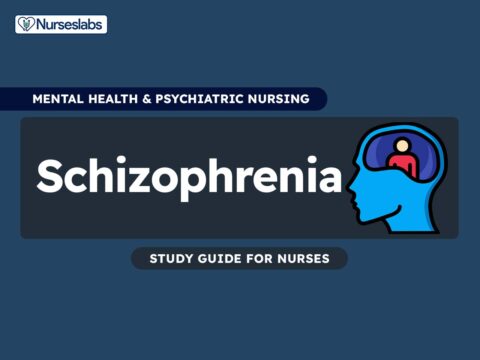

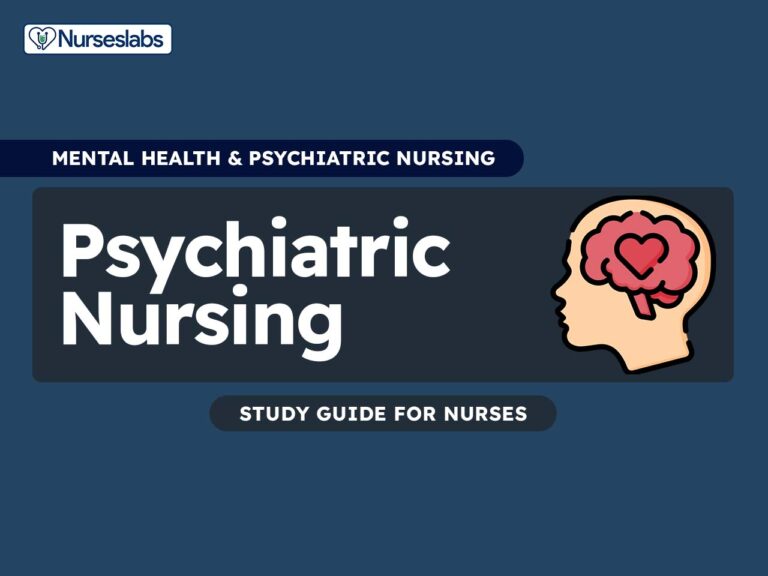



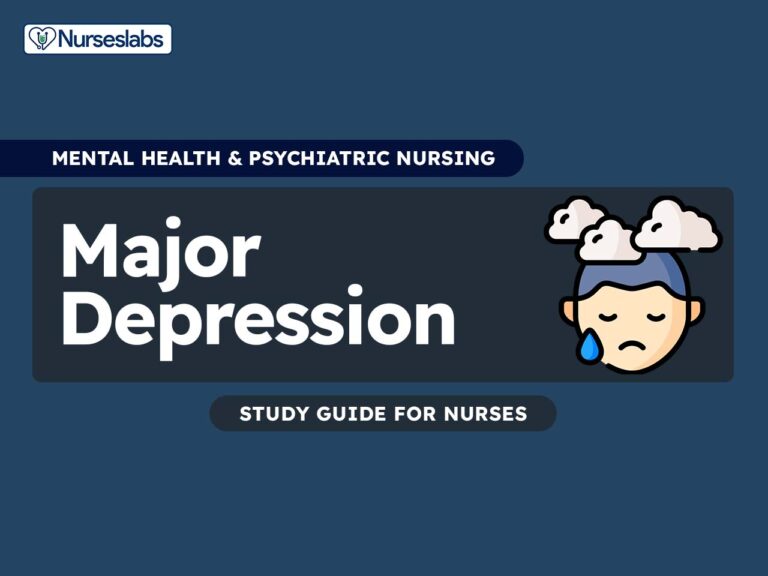
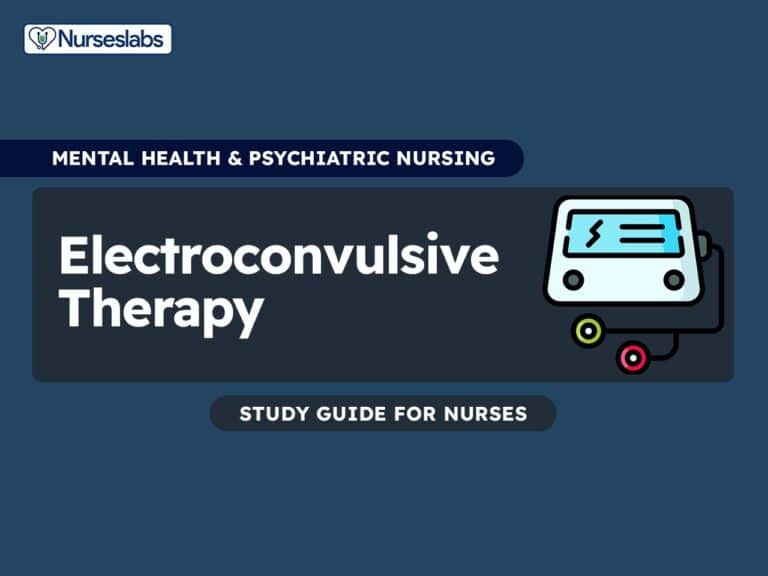
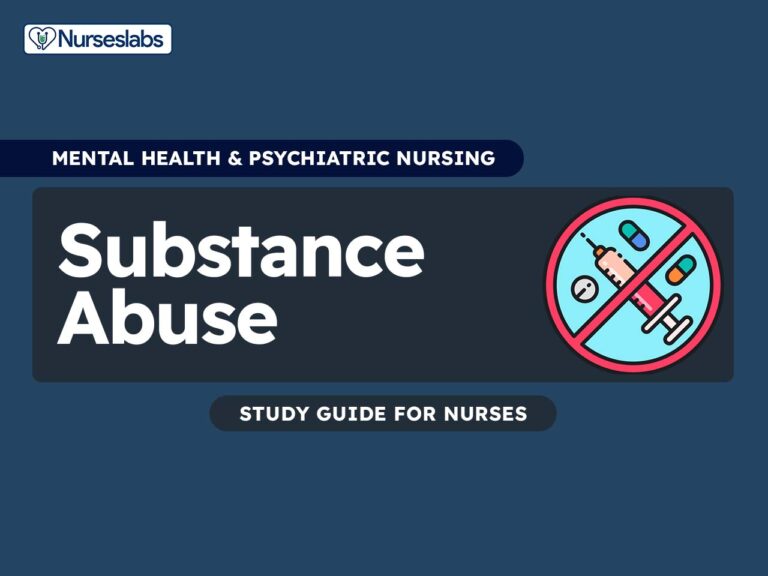
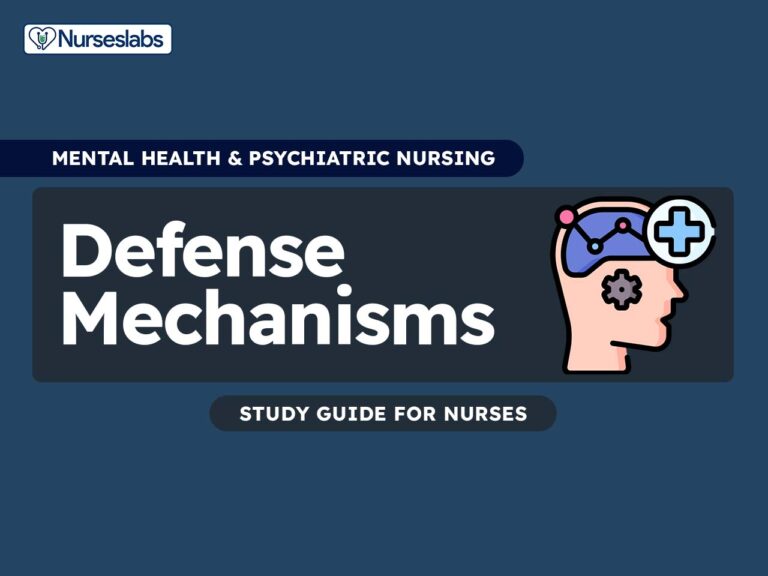
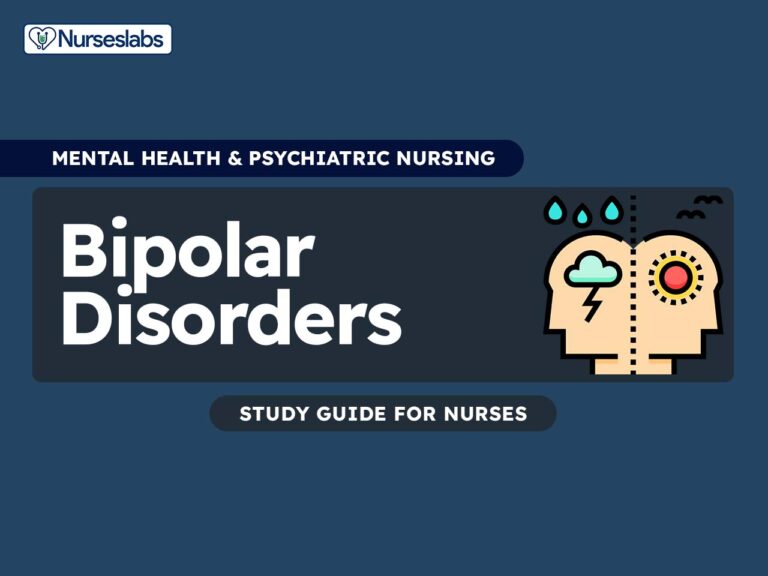
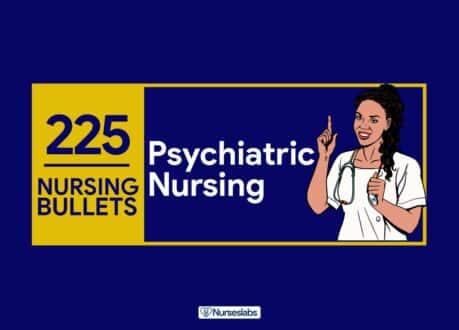
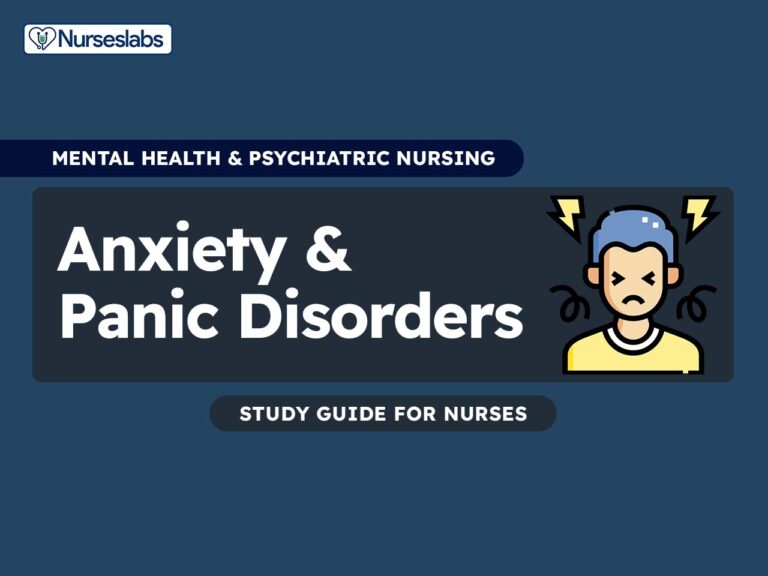
Leave a Comment